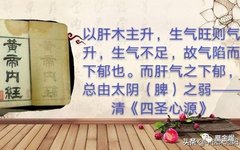Where Does Liver Qi Stagnation Occur?
Original: TCM Expert Zhu Xuyang
Hello, I am glad to answer your question. Liver Qi stagnation, also known as Liver Qi constraint (肝郁气滞, gan yu qi zhi), is a term in Traditional Chinese Medicine (TCM) and a common clinical syndrome. As the name suggests, Liver Qi stagnation refers to the obstruction of the smooth flow of Liver Qi. The affected area is the liver, which is responsible for the regulation and smooth flow of Qi. When Liver Qi cannot rise and disperse, it leads to pathological changes associated with Liver Qi stagnation. The most common cause is emotional distress, such as feeling frustrated or angry, which can lead to symptoms like chest tightness and pain in the sides, with sighing providing temporary relief, indicating the onset of Liver Qi stagnation. Other causes include dietary issues and overexertion, which can disrupt the balance of the organs and lead to phlegm, blood stasis, and affect the function of Liver Qi. Additionally, individuals with a specific constitution prone to Qi stagnation (气郁体质, qi yu ti zhi) may easily become angry when faced with minor inconveniences.
Among the five organs, the liver is the most easily disturbed and hardest to calm. — Qing Dynasty, “Zhi Yi Bi Bian”
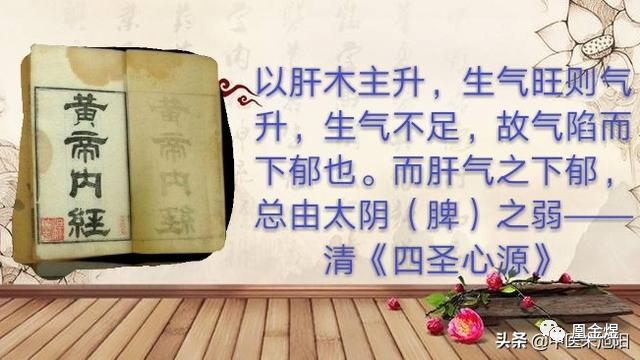
In TCM, the human body is viewed as a whole, with organs working together to achieve physiological balance. The liver plays a crucial role among the five organs, as it governs the smooth flow of Qi, regulating both its own movement and that of the entire body, including the organs, muscles, and skin. Therefore, when Liver Qi stagnation occurs, it primarily affects two aspects: first, the stagnation of Liver Qi within the liver itself, leading to symptoms of Liver Qi stagnation; second, the stagnation of Liver Qi can disrupt the movement of Qi throughout the body, resulting in various pathological responses. For example, some individuals may develop thyroid nodules or breast hyperplasia due to prolonged emotional distress, which is generally classified as a manifestation of Liver Qi stagnation.
When the liver suffers from anger, it desires to disperse. — “Huangdi Neijing”
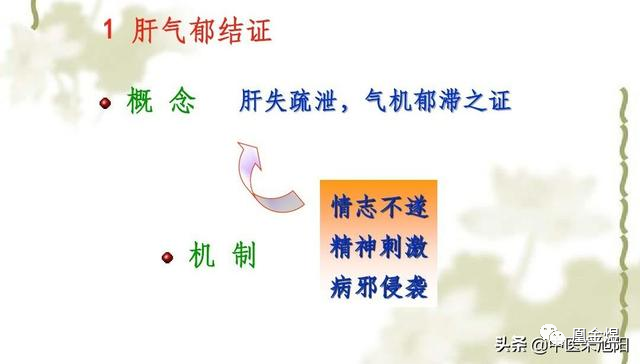
If we were to summarize Liver Qi stagnation in one sentence, it would be that it occurs due to various stimulating factors that prevent Liver Qi from rising and dispersing, leading to sluggish Qi movement both in the liver and outside of it, resulting in numerous pathological responses. Next, Dr. Zhu will provide a comprehensive and accurate explanation of the causes of Liver Qi stagnation, the areas affected, and associated diseases.
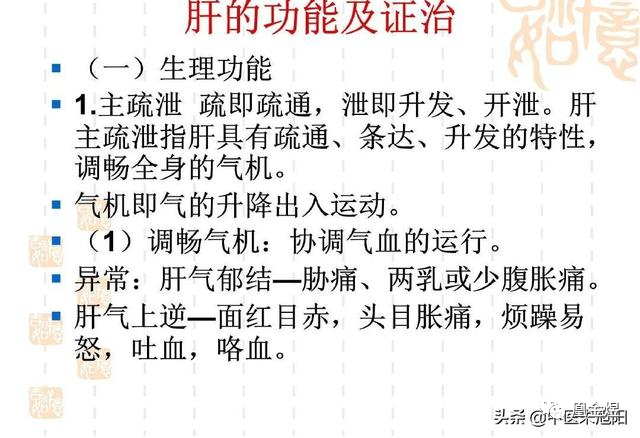
★ Formation and Impact of Liver Qi Stagnation
· The liver is one of the five organs, and in TCM, it is associated with the Wood element. The liver is considered Yin in nature, as it stores blood (血, xue), which is Yin, and has a rich blood circulation that distributes blood throughout the body and regulates blood volume. The “Neijing” states, “The liver opens to the eyes; when the eyes receive blood, they can see; when the feet receive blood, they can walk,” which summarizes the physiological function of blood storage. The Yang aspect of the liver refers to its role in promoting the smooth flow of Qi and the upward movement of Liver Qi, primarily through the regulation of the spleen and stomach, enhancing their functions while also ensuring the normal movement of Qi throughout the body. The smooth flow of Qi can be understood as the liver’s Wood nature, which promotes the movement of Qi throughout the body, leading to emotional stability.
Wind arises from the East, Wood generates sourness, sourness generates the liver, and the liver generates tendons. — “Huangdi Neijing”
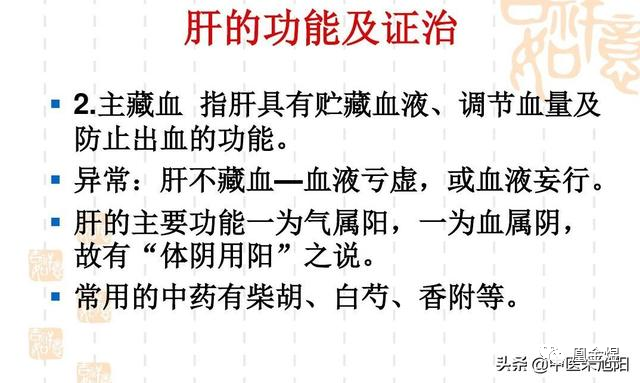
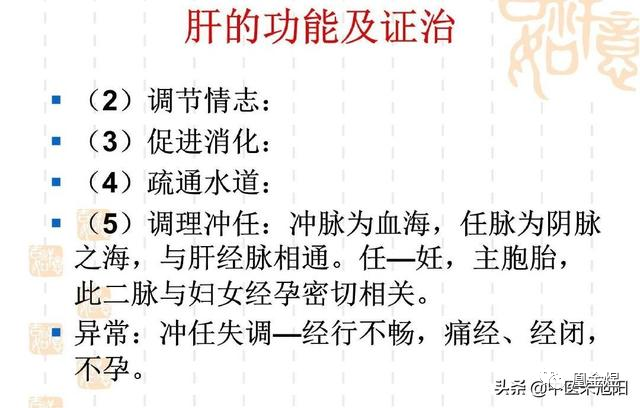
· Once the liver’s ability to regulate and disperse Qi ceases, Liver Qi stagnation occurs. The most common cause is emotional distress. The “Neijing” states, “Anger harms the liver,” and being angry can directly disrupt the flow of Qi and blood, leading to Liver Qi stagnation in certain areas of the body. Other organ imbalances, such as spleen deficiency leading to phlegm and dampness obstructing the liver’s ability to disperse Qi, blood stasis causing Qi stagnation, or lung deficiency restricting Liver Qi, can also lead to Liver Qi stagnation. In summary, primary Liver Qi stagnation is often due to emotional issues, but other organ diseases can also lead to Liver Qi stagnation. Furthermore, once Liver Qi stagnation occurs, it can affect the functions of other organs, resulting in diverse and variable symptoms depending on the individual. So, where does Liver Qi stagnation occur in the body, and what are its manifestations?
Anger rising and not descending harms the liver. — “Yixue Rumen”
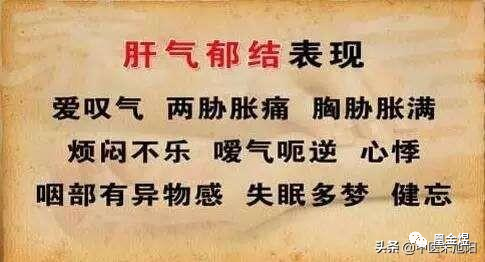
★ Locations and Manifestations of Liver Qi Stagnation
· After Liver Qi stagnation occurs, it primarily affects the liver’s own functions, namely its ability to regulate and store blood. The stagnation occurs in the liver, leading to local Qi obstruction, which often causes pain. Due to the stagnation of Qi, the most common symptom is distension and pain. The “Neijing” states, “The liver channel begins at the foot, travels through the lower abdomen, spreads to the sides, and reaches the chest,” so the basic manifestations of Liver Qi stagnation include:
· ① Distension and pain in the sides, chest pain, breast nodules, and abdominal masses (inguinal hernia). Liver Qi is influenced by emotions; emotional fluctuations can exacerbate pain in these areas, and sighing or exhaling can provide temporary relief, indicating that Liver Qi is flowing smoothly. The pulse may be smooth, but if Liver Qi stagnation occurs, the liver’s Wood nature becomes rigid, resulting in a string-like pulse (弦脉, xian mai), indicating that Liver Qi stagnation has occurred. Liver Qi cannot regulate the spleen and stomach Qi, leading to symptoms such as belching, acid reflux, and irregular bowel movements. This situation often develops into disharmony between the liver and stomach, commonly seen in chronic digestive disorders such as chronic gastritis, cholecystitis, and chronic pancreatitis.
Qi stagnation must cause pain; the “Neijing” states that all pain arises from Qi. It also states that Qi injures pain, and form injures swelling. — “Yixue”
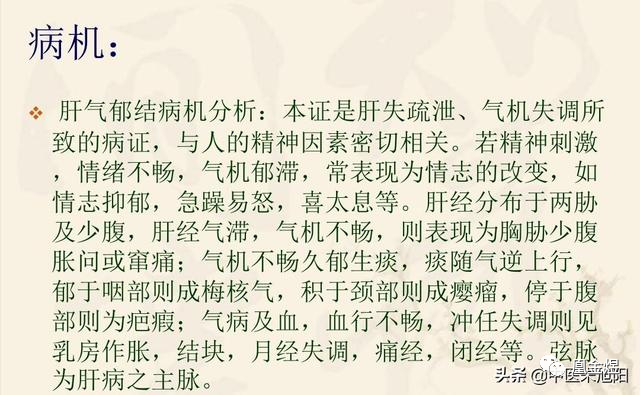
· The liver can regulate the Qi movement throughout the body. Liver Qi rises on the left side, drawing fluids from the kidney upwards to disperse and clear. The spleen’s Qi, which governs upward movement, can assist Liver Qi in rising. Once Liver Qi rises, it can help the heart circulate blood throughout the body and assist lung Qi in dispersing Wei Qi, etc. However, when stagnation occurs, it can affect the Qi movement of all organs, leading to various pathological responses. Common secondary conditions include spleen and stomach Qi stagnation, lung Qi stagnation, kidney Qi stagnation, and stagnation in the muscles and meridians. Please note that systemic diseases can also cause Liver Qi stagnation; practitioners must possess the ability to differentiate and not forget to treat the root cause of the illness.Every part of the body has a dispersing function, and every part has Wood Qi. — “Ancient TCM of Circular Motion”
· ① Liver Qi stagnation in the spleen and stomach (土, tu) leads to Wood overcoming Earth, causing disharmony in the spleen and stomach’s upward and downward movement, resulting in abdominal distension and pain, diarrhea after pain, nausea, vomiting, belching, and loss of appetite, with a pale tongue and string-like pulse. Please note that Liver Qi stagnation affecting the spleen and stomach is a common clinical issue, leading to various conditions that require primarily regulating the liver while also tonifying the spleen and stomach.
Diarrhea without relief indicates that the Earth has failed and the Wood has invaded. — “Tang Tou Ge Jue”
· Liver Qi stagnation combined with spleen deficiency can lead to various issues, such as Qi and blood imbalance, where blood fails to nourish the heart, resulting in symptoms like insomnia, vivid dreams, palpitations, and dizziness. Liver Qi stagnation and spleen deficiency can also lead to phlegm obstructing the throat, causing a sensation of a lump in the throat that worsens with emotional fluctuations, known in TCM as “plum pit Qi” (梅核气, mei he qi). Prolonged Liver Qi stagnation can generate heat, leading to excess Qi becoming fire, combined with spleen deficiency causing dampness, resulting in damp-heat issues that obstruct the liver channel, which can lead to gynecological conditions in women, such as leukorrhea.
With Liver Qi stagnation, spleen Qi deficiency, invasion of dampness, and heat pressing, how can one not develop leukorrhea? — “Fu Qingzhu’s Gynecology”
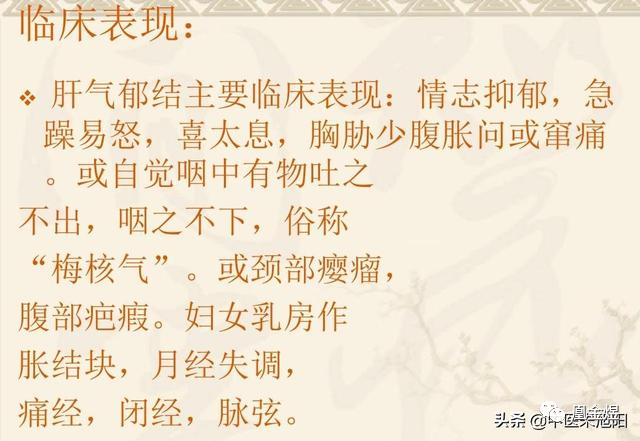
· ② Liver Qi stagnation in the lungs can cause lung Qi obstruction, leading to a loss of the lung’s ability to disperse and descend Qi, resulting in symptoms such as cough, dry cough, and difficulty controlling the urge to cough. Liver Qi stagnation in the lungs can create local wind Qi, leading to throat itchiness, with a pale tongue and string-like pulse.This condition is often seen in variant coughs.
· ③ Liver Qi stagnation in the kidneys often occurs when Liver Qi cannot rise and disperse, becoming trapped in the kidneys. Stagnation in the lower body inevitably generates heat, as the kidneys govern urination, which can lead to frequent urination, urgency, and pain during urination, with a noticeable burning sensation. Liver Qi obstruction in the lower body can lead to fluid loss, resulting in constipation and dry mouth. Liver Qi can disturb kidney Qi, causing it to rise and affect the heart and chest, leading to a condition known as “running piglet Qi” (奔豚气, ben tun qi). Huang Yuanyu described it in “Si Sheng Xin Yuan” as “When water evil accumulates, it erupts with stagnation, rushing upwards like a startled pig.” These symptoms are often seen in chronic urinary tract infections and neuroses.
Running piglet disease starts from the lower abdomen, rushing up to the throat, causing a feeling of impending death, then stopping. — “Jinkui Yaolue”
· ④ Liver Qi stagnation in the skin, muscles, and tendons can often lead to Qi stagnation and blood stasis, causing pain, such as generalized pain that worsens after anger. The “Neijing” states, “The liver is the root of all exhaustion;” Liver Qi stagnation cannot nourish the fascia, leading to fatigue. Liver Qi stagnation can create local Qi obstruction, leading to skin itching and wind-like conditions. These issues are often seen in patients with anxiety-related pain and cholinergic urticaria.
Liver Wood rises and disperses; if obstructed, Qi reverses, leading to belching, distension, vomiting, violent anger, flank pain, fullness in the chest, and diarrhea. — “Lai Zheng Zhi Cai”
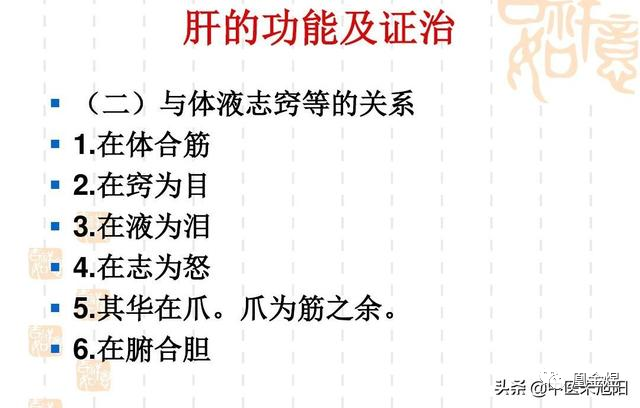
★ Professional Summary and Recommendations
Liver Qi stagnation is a common clinical issue, often triggered by emotional distress leading to Qi stagnation. The affected areas vary, and clinical manifestations are inconsistent. When stagnation occurs in the liver itself, symptoms include chest and flank pain, breast pain, and irregular bowel movements, worsening with emotional fluctuations. Stagnation in other organs can lead to even more varied symptoms, such as in the spleen, stomach, lungs, kidneys, skin, and muscles, often seen in neuroses, endocrine disorders, and digestive system diseases. This issue should be taken seriously.
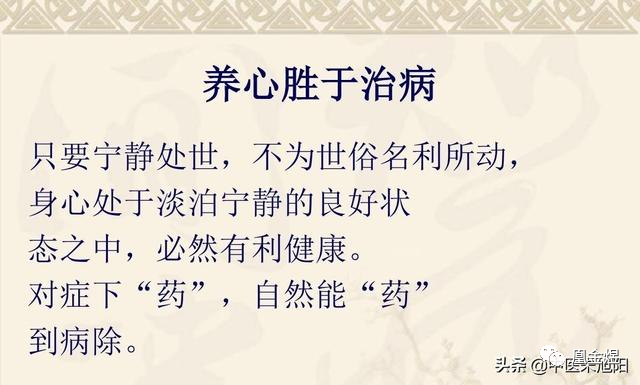
Recommendations: Liver Qi stagnation directly affects liver function and can lead to significant issues, including secondary Qi stagnation, blood stasis, excessive liver fire, and hyperactive liver Yang. It can also impact the functions of other organs. First, one should try to minimize anger; if Liver Qi stagnation occurs, avoid anger and redirect attention through activities like exercise or calligraphy to prevent falling into a vicious cycle of anger → Liver Qi stagnation → anger. Maintain a light diet and regular schedule; generally, mild Liver Qi stagnation can resolve itself. If severe Liver Qi stagnation occurs, accompanied by related diseases such as chronic gastritis or cholecystitis, seek guidance from a qualified TCM practitioner or physician for proper treatment. Lastly, Dr. Zhu reminds you that cultivating a calm disposition and minimizing anger is also very important!

I hope Dr. Zhu’s response is helpful to you!
Note: The content references ancient and modern TCM theoretical texts, as well as personal experience, with images sourced from the internet.

